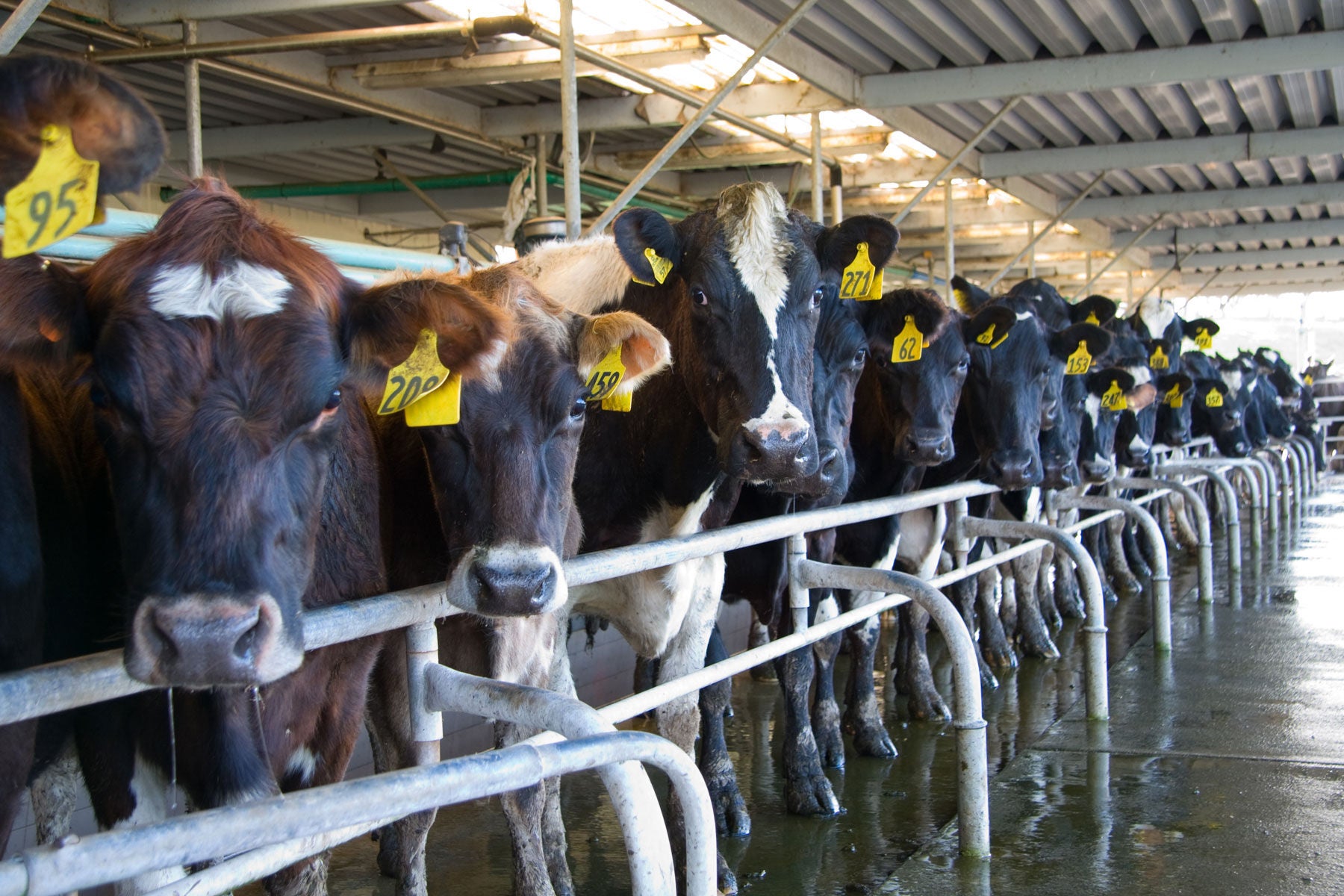Residential Views -
Making hay while the sun shines

It is tempting to bet on recent history, counting on commodity prices remaining high, whether based off analysts’ predictions, or simple gut feeling.
Global shipping issues aside, New Zealand’s primary sector sits in something of a sweet spot amidst the turmoil and volatility of a pandemic-ridden world and New Zealand has managed to continue to meet demand.
China, our key trading partner, has played a role by managing to keep its supply chains open, and with its healthy population, maintain and even grow its demand for quality, safe food products. This has of course been beneficial for our producers here at home given New Zealand relies on China for 30 percent of its export sales.
The result is continued relatively high commodity prices for almost all food products, with milk solids over $7.50/kg, red meat over $7/kg, kiwifruit over $10 a tray, and other horticultural products also well priced.
But the level of commodity volatility has grown in the past 10 years, exacerbated by the impact of the climate on crop yields and volumes. This makes an informed prediction a difficult one from here deep in the South Pacific.
Dairy prices for example have maintained a strong $6/kgMS plus value for the past five years, with prospects of an almost unprecedented $7.90/kgMS-$8.90/kgMS payment this season.
However, the same sector also enjoyed another five-year run of high payments from 2009-2014, only to surprise farmers and analysts alike to slump unexpectedly to near record lows of less than $4.50/kgMS for the two seasons following.
Any surge and slump in commodity prices are invariably accompanied by a similar movement in the value of the land generating those commodities, albeit a lagged one. So too, it appears this is occurring now.
In the dairy sector, having had a slump in values after the low payouts of 2015-2016, returns for milk have started to move upwards again in the past 12 months, often by 10-15 percent.
The absence of foreign buyers has arguably reduced any over-valuation or “foreign buyer premium” that may have historically been paid for land, and pastoral land is now seen as a well-founded, long-term investment generating good cash returns, by a highly interested market comprising largely domestic farmers and investors.
Early this year, reports of land being worth $5,000/ha more than it was a year ago provide a compelling case for potential vendors to carefully consider their next step – whether to capitalise on a very real gain now in play, or to take the gambit and hold out another season for expected high commodity returns, and potentially an even higher market value for the land.
A very real opportunity cost exists when making the decision to “hold” rather than “sell” right now.
For example, a 200ha dairy unit valued at $40,000/ha a year ago could be sold for $45,000/ha in a strong market - a full $1.0 million additional value on a year ago that could be banked at sale time.
A prospective vendor who decides to “wait and hold” for a season would require a payout of $10.50/kgMS to make the comparative amount over the coming year. Despite all dairying’s positive prospects, that is highly unlikely to happen.
A more likely scenario is that if the predicted payout of $7.90/kgMS-$8.90/kgMS for the 2021-2022 season remains unchanged, a vendor would have to continue farming for at least another two seasons to recoup the $1.0 million they could realise from selling the farm now.
This also makes no allowance for what that $1.0 million could be earning when re-invested post-sale over a 12-month period.
“It is always hard to crystal ball gaze and rural landowners who may be dealing with health, financial or succession pressures face a very real opportunity cost. Only time will tell whether a decision to bank continued high commodity prices or realise the value in their property will pay off, says Bayleys’ national director rural Nick Hawken.
It is always hard to crystal ball gaze and rural landowners who may be dealing with health, financial or succession pressures face a very real opportunity cost. Only time will tell whether a decision to bank continued high commodity prices or realise the value in their property will pay off.
While dairying is only one part of the primary sector, similar scenarios exist for other land uses.
Sheep and beef also face historically high market prices as appetites strengthen for quality red meat, and dry stock farmers have the additional buoyancy in their land market injected by foresters seeking out quality land to capitalise on higher carbon returns.
There is also a renewed willingness for banks to lend to the rural sector based on sound cash flow principals helping buoy the current land market as those cash returns lift with commodity prices.
“Banks have been recirculating capital into the agri-sector for a couple of years now, with a greater portion of principal being repaid providing capacity on their balance sheets to lend back into the sector. Along with strong farm gate prices, there is a marked increase in the depth of buyers in the market - these are terrific circumstances if you are currently a vendor coming to the market.”
But there is no knowing if these circumstances will remain. Seizing that market now may prove the surer move to securing the best it can offer, and providing genuine capital returns, against the volatility and unknown prospects for another season’s returns that are yet to be earnt.

Read more...